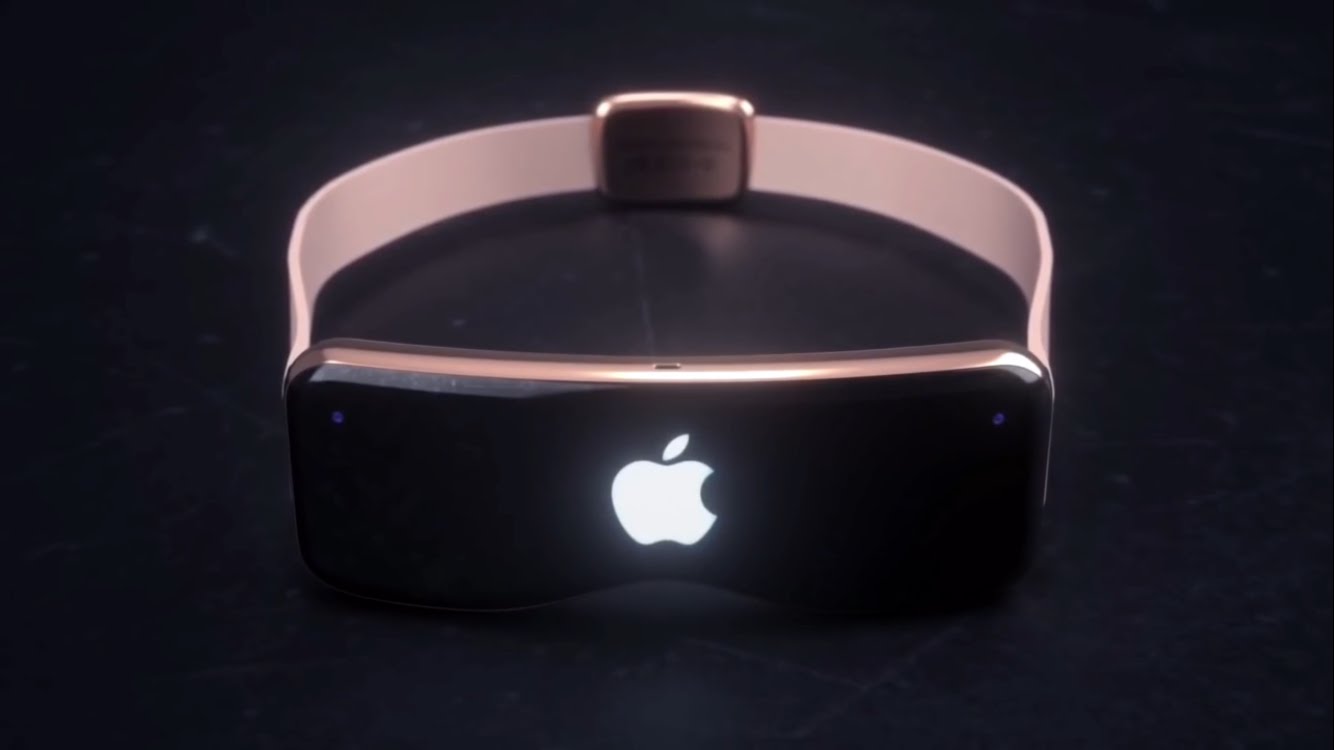Apple is aiming to keep the weight of its visor-like mixed reality (MR) headset under 150 grams, or half as much as typical virtual reality (VR) headsets that weigh in at more than 300 grams.
STORY HIGHLIGHTS:
- Plastic Fresnel lenses are lightweight.
- They’ll improve optical performance.
- They also allow for a broad field of view.

Ultra-short focal length
That’s according to a TF International Securities analyst Ming-Chi Kuo, who has a stellar track record in terms of Apple leaks thanks to his sources deeply entrenched in Apple’s supply chain.
In his research note to clients, a copy of which was seen by 9to5Mac, AppleInsider and MacRumors, the revered analyst explains that Apple is expected to use lightweight hybrid Fresnel lenses with ultra-short focal length in its AR headset. Doing so, Kuo writes, will help bring the accessory’s weight below 150 grams or approximately one-third of a pound.
By comparison, the iPhone 12 mini weighs 135 grams while the iPhone 12 is 164 grams.
Apple is expected to take advantage of a hybrid design that uses three stacked plastic Fresnel lenses featuring custom coatings to match the light transmission of glass. “The Apple head-mounted displays Fresnel lens material is plastic,” Kuo claims. Thanks to the customized material and coating, “the light transmission is not lower than glass,“ he continued.
Three stacked Fresnel lenses per eye
There will be a total of six lenses per unit, three for each eye. Aside from optical clarity and lightness, these lenses will also allow for a broad field of view.
We believe that Apple will use a hybrid design to enhance the Fresnel lens’s optical performance (e.g., improve vignetting and optical artifacts), and each hybrid Fresnel lens comprises three stacked Fresnel lenses. We believe that Apple’s design will achieve a better balance between the head-mounted display’s field of view and form factor.
Achieving lightness also means “that the average selling price is not low,” reads the note.
The analyst went on to explain that Fresnel lenses are also found in bulky virtual reality headsets that commonly weigh at least 300–400 grams. If Apple’s product will end up weighing under 150 grams, it will have a big advantage over rivals. But creating a headset that weighs half as much as competing products is no easy task, the analyst cautions.
For video-see-through AR head-mounted displays and VR ones, the critical design trend is to achieve a thin and light design with an ultra-short focal length lens/Fresnel lens. The design challenge is also related to the display, optical material, thermal and production. We believe that solving this complicated optical design is one of the major competitive advantages of video-see-through AR head-mounted displays in the future.
Many VR products use more complex Fresnel lenses than what Apple is expected to use, resulting in bulkier appearances and contribution to the overall weight.
Will Apple headset support VR, too?
A VR headset completely engulfs the viewer in an alternate reality by using closed goggles to replace the user’s physical surroundings with computer-generated images. By contrast, AR products superimpose computer graphics on top of the user’s view of the real world.
Apple’s MR headset is said to support both VR and AR.
The unreleased accessory is predicted to utilize a pair of sophisticated 8K micro-OLED screens along with very precise eye-tracking to power foveated rendering. It will apparently incorporate as many as fifteen onboard cameras to support pass-through AR and VR.
Aside from the MR headset coming next year, Apple may also be working on lightweight augmented reality glasses that could drop around 2025. In addition, Kuo previously reported that Apple could even launch AR contact lenses between 2030 and 2040.